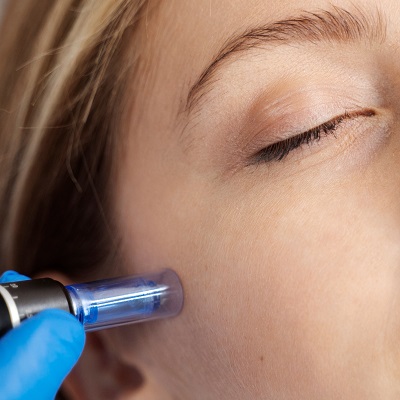
Doctors often treat patients using an intravenous (IV) drip. Moreover, it is the process by which they inject fluids, nutrients, or drugs straight into the bloodstream. Further, it is a rapid and practical approach to deliver medication or put someone to sleep. However, on the other hand, a too rapid process can cause several side effects, some of which are minor and some of which are severe. Hence, this blog will discuss Does Anything Happens, If an IV Drip Is Too Fast?
Why is the IV Drip Speed Important?
Medical professionals precisely calculate the IV drip-rate. It relies on factors like:
- Sort of drugs or liquids in it.
- The person’s health state, weight, and age
- The therapeutic advantage sought for
If the IV is put in too quickly, the body might not have time to handle the large amount of fluids simultaneously, which can stress out many systems. This is why changing the drip rate based on the patient’s state is so important.
Does Anything Happen, If an IV Drip Is Too Fast?
However, Does Anything Happen, If an IV Drip Is Too Fast? Yes! if it is too fast, several issues can result. These are the most often occurring problems most of the time:
Fluid Overload (Hypervolemia)
Starting an IV drip therapy too quickly runs one of the most significant hazards as hypervolemia—too much fluid in the body—results. This disease results from too much water in the blood that the body cannot manage. Signs of fluid overflow include:
- Swelling the legs, foot, or face
- Lots of blood pressure
- Not able to breathe or lacking air
- Rapid heart rate
When fluid accumulation is severe, it can lead to pulmonary edema, in which case breathing becomes difficult and the lungs swell. Therefore, this medical problem requires immediate away.
Electrolyte Imbalance
Many fluids also contain electrolytes including sodium, potassium, and chloride. Moreover, these maintain the fluid balance in the body. Therefore, giving water too fast will upset this equilibrium and lead to an electrolyte imbalance. Hence, an ion imbalance shows certain indicators like:
- Either muscular weakness or cramping
- Feeling ill or having vomiting
- Not sure or lightheaded
- Having irregular heartbeats
- If the shift in the heart’s beat results in a significant variation in the body’s electrolyte levels, it can be harmful and even fatal.
Vein damage
It may irritate the vein where the line is meant to pass. Phlebitis—that is, vein inflammation—may result from this. Among the indicators of vein pain are:
- Red, bloated, or hurting around the IV site
- Warmth in the area
- Visible red streaks along the vein
- A quick flow can occasionally also burst the vein, which would cause pain and bruises to the individual.
Air Embolism
A rapid IV infusion can cause an uncommon but probable consequence known as an air embolism, which might send air bubbles into the bloodstream. Moreover, an air bubble finds a vein or artery and stops the blood flow. Further, if an air embolism is not treated immediately, it can cause significant issues such as a heart attack, stroke, or dyspnea. These are some indicators to be on the lookout:
- Chest pain
- Having difficulty breathing
- Not enough circulation
- From beyond the body experience
- An air embolism is a medical condition requiring immediate treatment.
Blood Pressure Changes
Your blood pressure could drop or rise rapidly if you consume too much fluids or medications too fast. Moreover, if fluids flow too rapidly, a condition known as hypotension happens. Furthermore, low blood pressure may result in dizziness, fainting out, or perhaps shock. Additionally, giving fluid fast, on the other hand, might increase blood pressure, particularly in those with cardiac issues.
Preventing Complications from a Fast IV Drip
Medical experts adhere to specific guidelines and procedures to ensure this treatment does not cause any issues.
- There are regular checks and adjustments based on the patient’s condition. Infusion pumps regulate the flow rate.
- Nurses and doctors monitor the IV site for discomfort, edema, or leakage and observe vital signs.
- Infusion pumps control the rate of fluid or medication administration, reducing issues.
- To avoid major issues, patients should inform medical personnel of any unusual symptoms, pain, or discomfort during IV therapy.
Final Thoughts:
Like any other operation, these are good for many reasons. However, they must be used correctly to prevent issues. However, if it is too quick, it can lead to complications like too much fluid, vein damage, and potentially life-threatening diseases such an air embolism. Medical professionals must monitor the rate, employ infusion pumps, and routinely check on patients to keep you safe.
Royal Cosmetic Surgery-PK has a team of expert and certified aestheticians, surgeons, and other staff to keep a vigilant eye on the safety of patients. So, consult with us for all IV-Drip treatments.











Book Appointment